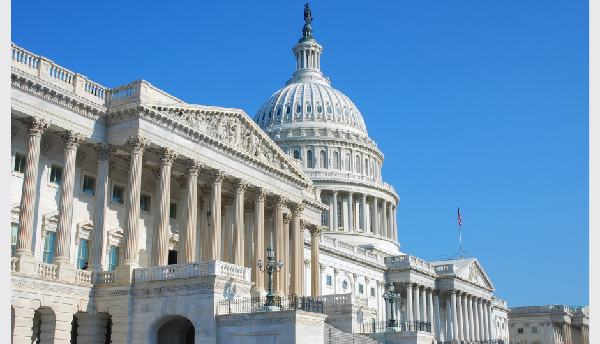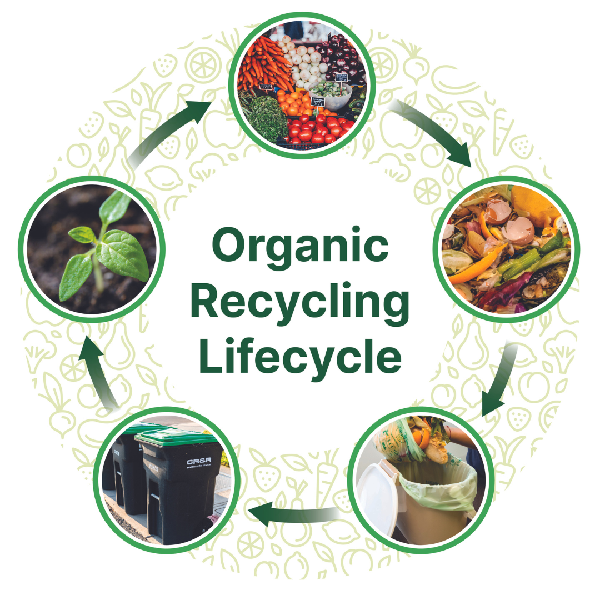SB 1383 and Organics

What is SB 1383?
Signed by Governor Brown in September of 2016, California’s Senate Bill (SB) 1383 aims to reduce statewide emissions of short-lived climate pollutants (SLCPs). SLCPs, such as black carbon (soot), methane (CH4), and fluorinated gases, are estimated to constitute nearly half of the current total climate impacts. Unlike the long-term climate impacts of carbon dioxide (CO2), which can remain in the atmosphere for hundreds of years, SLCPs remain in the atmosphere for less than 20 years (hence the term “short-lived”). However, in that relatively shorter amount of time, SLCPs have significantly larger climate warming impacts than CO2. Therefore, in addition to addressing CO2 impacts, reducing SLCP emissions is seen as an effective and necessary strategy to rapidly address climate change. For Californians, the tangible impacts of climate change include air pollution, sea level rise and coastal erosion, extreme weather events resulting in droughts, and increased fire risks.
SB 1383 and Organics Recycling SB 1383 affects various sectors of the state’s economy, but one major area of focus is the reduction and recycling of organic waste. Until recently, organic waste like food scraps and yard trimmings were sent to landfills where they make up about 20% of the state’s methane emissions. Since methane is 84 times more potent of a pollutant than CO2, SB 1383 has set targets to reduce organic waste disposal 50% by 2020 and 75% by 2025. To meet these goals, residents and businesses must separate organic waste into designated organics recycling containers, while waste collection agencies like CMSD are tasked with educating the public about organics recycling and enforcing the proper use of waste containers.
SB 1383 affects various sectors of the state’s economy, but one major area of focus is the reduction and recycling of organic waste. Until recently, organic waste like food scraps and yard trimmings were sent to landfills where they make up about 20% of the state’s methane emissions. Since methane is 84 times more potent of a pollutant than CO2, SB 1383 has set targets to reduce organic waste disposal 50% by 2020 and 75% by 2025. To meet these goals, residents and businesses must separate organic waste into designated organics recycling containers, while waste collection agencies like CMSD are tasked with educating the public about organics recycling and enforcing the proper use of waste containers.
SB 1383 Animated Video
SB 1383 PSA Videos
Partners:
